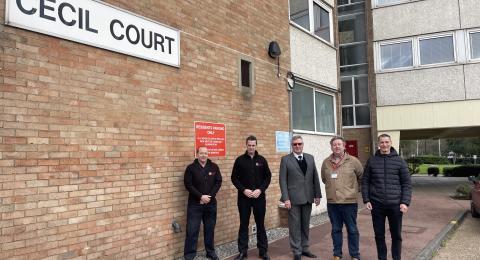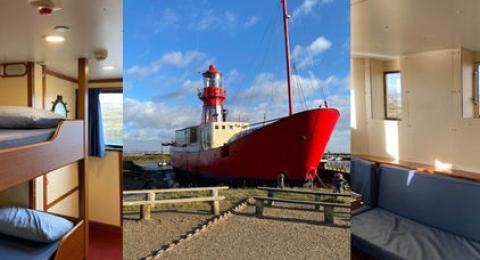
Sprinklers
There is clear evidence that sprinklers can be effective in stopping fires spreading and putting them out, ultimately saving lives.
We're proud to be playing a key role in promoting better understanding of the benefits of sprinklers as part of our commitment to reducing the impact of fire on people, property and the environment.
We see the promotion of sprinklers as the next step not only in protecting vulnerable people but also in protecting businesses and the vital community infrastructure. There is overwhelming evidence that the risk to human life in fires can be minimised through the installation of automatic water suppression systems.
Why should you install sprinklers?
Sprinklers, and other Automatic Fire Suppression Systems (AFSS), can save lives, homes, and businesses. They provide protection from fire damage and, most importantly, they give people a greater chance of getting out if there is a fire. By reducing the damage and severity of a fire, they can also save money, too.
When sprinklers operate, they contain or extinguish the fire on 99% of occasions
Who are sprinkler good for?
Everybody. Though there are some organisations, groups and property types who could particularly benefit from sprinkler installation. These include:
- Schools
- Care homes or places where people with any mobility issues live
- Heritage buildings
- Hospitals
- The homes of very vulnerable people
- Specialist housing
- Residential properties over 18m in height – including student accommodation
- Hotels, B&Bs and hostels
- Complex and deep sub surface structures such as basements
- Large warehouses
- Firefighters – when we need to enter burning buildings on search and rescue operations, sprinklers significantly reduce the risks to firefighters
Schools
Schools are one of the property types where really significant benefits can be achieved by sprinklers. As well as the obvious safety benefits for students and staff, reducing the risk and impact of fire is good for the local community. A little forward thinking and investment can stop a vital community resource being lost.
We are not the only people who think so. The Department of Education's Building Bulletin 100: Design for fire safety in schools, includes a expectation that ‘all new schools should have fire sprinklers installed except in a few low risk schools’. To this end, we continue to work with schools, colleges and education authorities to ensure that the benefits of sprinklers are fully considered.
Case Study: Cecil Court

Case Study: Lightship



